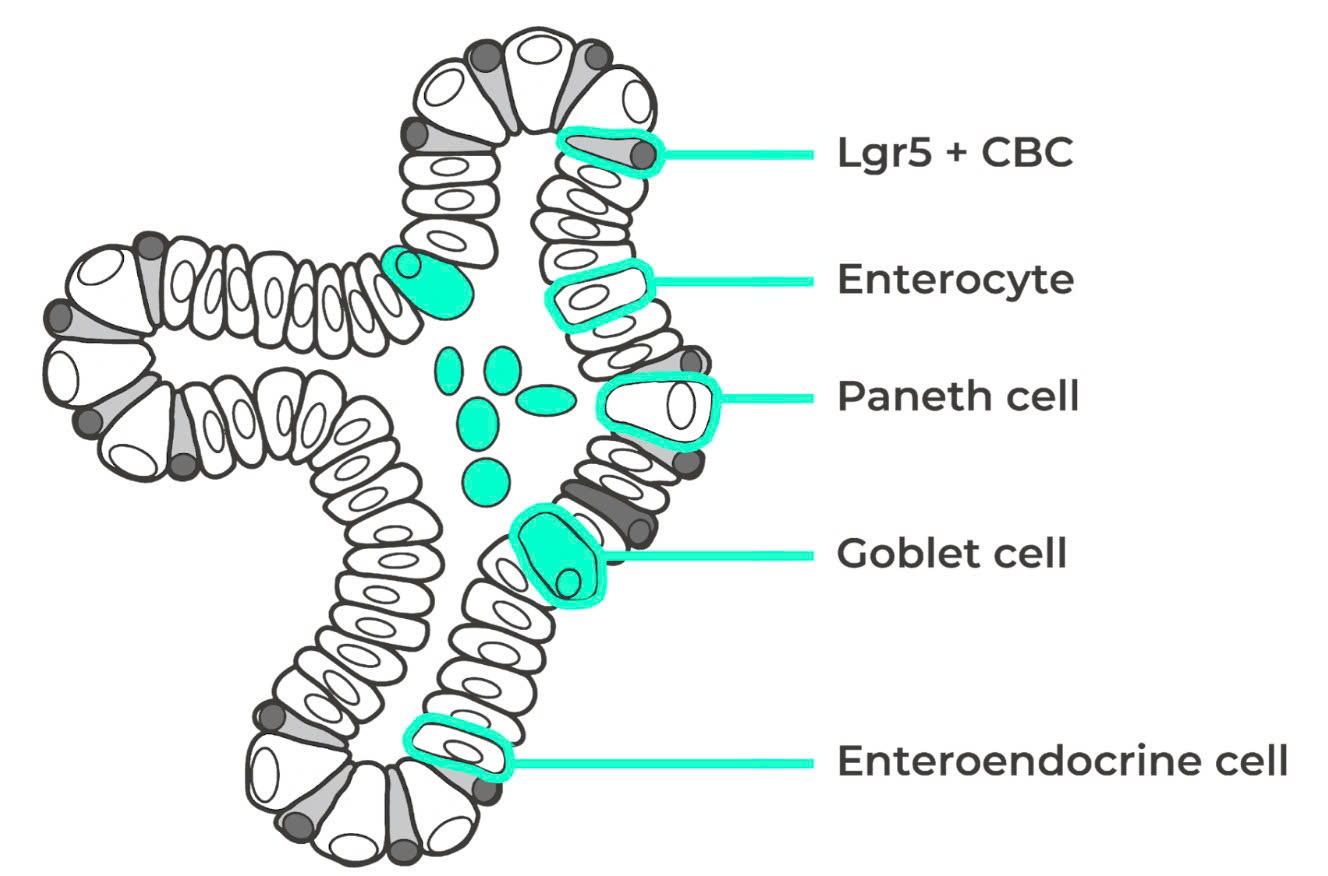This study introduces a specialized shipping device and protocol for the long-distance delivery of human embryonic stem cell (hESC)-derived retinal organoids (ROs). The goal is to enable organoid transplantation between geographically distant locations. The ROs were differentiated from the hESC line H1 (WA01), shipped overnight, and then transplanted into the subretinal space of blind immunodeficient retinal degeneration (RD) rats.
The development of transplants was monitored using spectral-domain optical coherence tomography. Visual function was assessed using optokinetic tests and superior colliculus (SC) electrophysiology. Histological and immunohistochemical analyses were performed on the transplants.
After transplantation, the ROs integrated into the host RD retina, forming functional photoreceptors and improving vision in rats with advanced RD. The survival and vision improvement were comparable to previous results without long-distance delivery.
Additionally, for the first time in the stem cell transplantation field, a response heatmap on the SC showed a similar shape to the location of the transplant in the host retina, suggesting a point-to-point projection from the transplant in the retina to the SC.
The results demonstrate that hESC-derived ROs can be shipped over long distances using the special device and protocol, and are capable of survival and visual improvement after transplantation into RD rats. These findings provide proof-of-concept for stem cell replacement therapy for RD patients.
Keywords: organoids, retinal organoids, human embryonic stem cells, retinal degeneration




